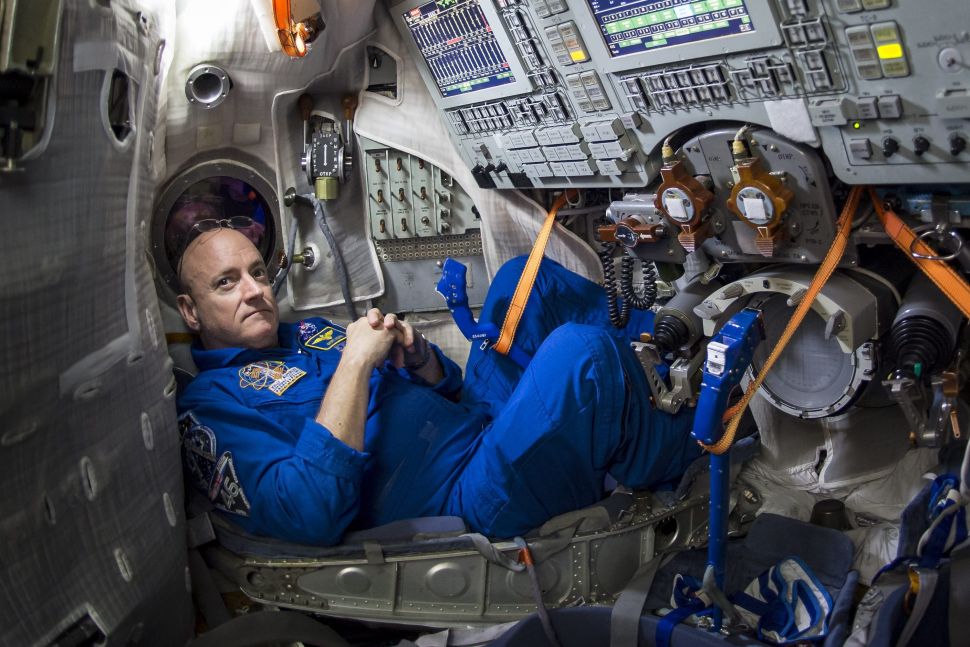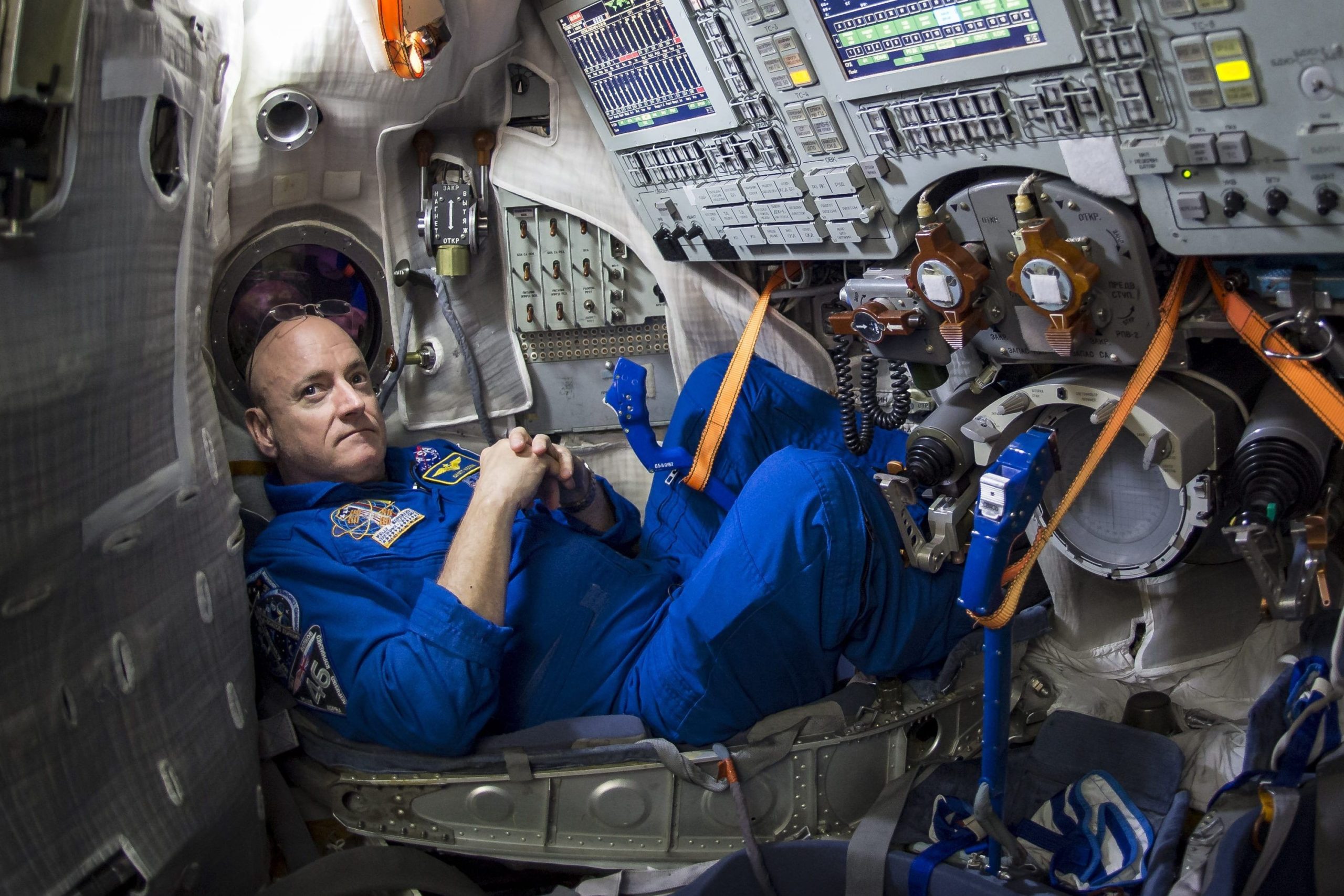
Scott Kelly lived on the International Room Station for 340 days from 2015 to 2016. Bill Ingalls/NASA via Getty Photographs
The 2020s is likely to be a historic 10 years for human spaceflight, with a number of authorities and non-public efforts presently preparing to launch crewed missions to the moon, Mars and even outside of. Traveling a prolonged journey by the darkness of place in a weightless cabin is just about as intimate as it receives. Nonetheless, with no the grasp of Earth’s gravity, human bodies can bear all kinds of delicate adjustments, numerous of which have very long-phrase effects that are yet to be comprehended.
Involving March 2015 and March 2016, former NASA astronaut Scott Kelly invested 340 times on the Global Place Station. Right after his return to Earth, experts started a collection of studies to investigate how residing in weightlessness for nearly a year experienced afflicted his physique, employing his twin brother, former astronaut and new Arizona Senator Mark Kelly, as a issue of comparison.
In a new examine posted Monday in the scientific journal Circulation, experts claimed that the biggest chamber of Kelly’s coronary heart shrank in mass by 27 percent (from 6.7 ounces to 4.9 ounces) all through his 12 months in space.
The shrinkage of the coronary heart provides to a very long checklist of findings in astronauts who have lived in diminished gravity for an extended period of time of time. Previous discoveries involve decline of muscle mass, weakened bones, swelled heads and squashed eyeballs, amongst other variations.
“The heart is like any other muscle, and it responds to the load which is put on it,†Benjamin D. Levine, the senior writer of the study and a professor of inner medicine at the College of Texas Southwestern Clinical Centre, discussed in an interview with The New York Times.
Without having the steady pull of gravity, Kelly coronary heart did not have to pump as really hard, creating it to lose strength. An exciting getting, though, is that coronary heart shrinkage doesn’t always transpire to every person dwelling in place.
In a individual review led by Levine of 13 astronauts who have used 6 months on the ISS, experts uncovered that regardless of whether the heart shrinks relies upon on how substantially they frequently exercising ahead of traveling. Athletic astronauts tended to reduce coronary heart mass in place just as Kelly but those people who did not physical exercise much on Earth but experienced to follow the exercise routine on the ISS finished up possessing even bigger hearts owing to greater exertion.
A more compact coronary heart does not look to have influenced Kelly’s usual lifestyle now that he’s been back to Earth for virtually five a long time. “His coronary heart adapted to the diminished gravity,†Levine claimed. “It did not grow to be dysfunctional, the excess capability didn’t get reduced to a critical level.â€
But it could be a concern for for a longer time place vacation, this kind of as upcoming journeys to Mars. Kelly was capable to stay fairly healthy partly thanks to his demanding training plan on the house station. (He exercised six times a 7 days, jogging on a treadmill, lifting making use of a resistance equipment and functioning out on a stationary bicycle.) But astronauts sitting down in cramped spacecraft heading to Mars will not have the identical luxury.
Even if they have the tools, difficulties could crop up if they tumble ill and just can’t workout. “With weaker hearts, they could come to be lightheaded and faint when stepping foot on the crimson world soon after months of weightless travel,†the Situations reported.

